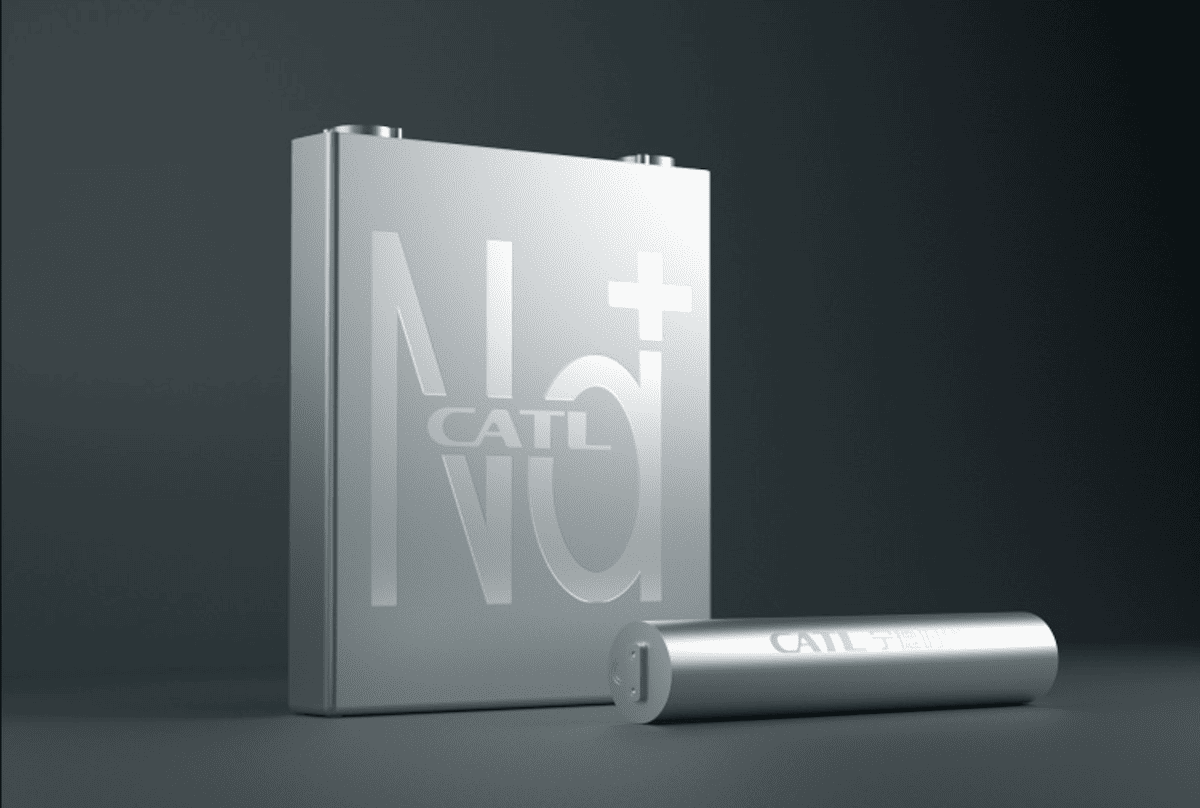
CATL, the Chinese battery manufacturer and global leader in energy storage, has officially launched Naxtra, the world’s first sodium-ion battery for electric vehicles to reach mass production. The announcement was made during the company’s high-profile Super Tech Day, where it also introduced the Freevoy Dual-Power battery and the second-generation Shenxing Superfast Charging technology.
Naxtra will be available in two formats: one for passenger cars and another designed for heavy-duty vehicles.
Naxtra: the next-generation sodium-ion battery
Naxtra delivers an energy density of 175 Wh/kg, making it the highest-performing sodium-ion battery currently available and a credible alternative to lithium-ion technology, which typically reaches 270 Wh/kg.
Like lithium (Li), sodium (Na) belongs to the alkali metal group and shares similar chemical characteristics. However, sodium ions are larger and intercalate more slowly, requiring distinct electrode materials and typically resulting in lower energy density. That limitation has, until now, confined sodium-ion applications to stationary energy storage. In the U.S., for example, Natron Energy already manufactures sodium-based batteries for data centers.
Naxtra’s specifications and capabilities
Unlike previous attempts, Naxtra is tailored for mobility. CATL has been developing sodium-ion tech since before 2020, and last year introduced the hybrid Freevoy battery, combining both sodium-ion and lithium-ion cells.
Now, the company is taking a major step forward with two new Naxtra lines:
- One for light electric vehicles, and
- The Naxtra 24V battery with integrated start-stop system for heavy-duty vehicles.
Both versions deliver 500 km of range, support over 10,000 charge/discharge cycles, and operate in extreme conditions from -40°C to +70°C. These specifications push the boundaries of EV battery performance.
In terms of safety, Naxtra also eliminates many lithium-related risks.
According to CATL’s press release, the Naxtra 24V Heavy-Duty Truck Integrated Start-Stop battery has a lifespan of over eight years and cuts total life cycle costs by 61% compared to traditional lead-acid batteries. It allows for full deep discharge, cold starts at -40°C, and even restarts after a year of inactivity.
“This is no longer a lab experiment,” said Gao Huan, CATL’s CTO for electric vehicle applications, during a press conference in Shanghai. “We’ve achieved a breakthrough not just in energy density and cost, but also in environmental sustainability.”
“We’ll reach full-scale mass production by year-end,” added Luo Jian, CATL’s chief marketing officer. “This will transform the entire sector.”
Freevoy Dual-Power battery: anode-free innovation
CATL also unveiled the Freevoy Dual-Power battery, calling it “a revolutionary product” thanks to its integrated dual-power architecture and proprietary anode-free (or self-forming anode) technology.
Instead of using a pre-built anode, the Freevoy battery forms the anode in situ during the initial charge cycles. This results in a more stable and efficient anode structure.
According to CATL, this approach increases volumetric energy density by 60% and gravimetric energy density by 50%. In practical terms, it allows for more power within the same battery volume, translating into longer range. When combined with NCM systems, it can exceed 1000 Wh/L of energy density.
CATL’s new hybrid energy storage systems
The dual-power architecture also means the battery pack is divided into two independent energy zones, delivering:
- Dual high-voltage operation
- Dual low-voltage operation
- Dual structure
- Dual thermal management
- Dual thermal runaway protection
This setup ensures power reliability and safety, particularly relevant as the industry approaches level 3 and level 4 autonomous driving.
CATL now offers three dual-power battery systems with different chemistries:
- Sodium-LFP hybrid: combines Naxtra with a lithium iron phosphate (LFP) battery using self-forming anode technology.
- LFP-LFP hybrid: pairs the second-generation Shenxing Superfast Charging battery with an LFP battery. In medium-to-large sedans, this configuration achieves 1,000 km of pure-electric range, cutting transport costs to 0.012 euro per kilometer.
- NCM-LFP/NCM-NCM hybrid: integrates nickel manganese cobalt (NCM) batteries with self-forming anode LFP or NCM cells. This setup supports a 12C maximum charge rate and delivers over 1 MW of power. Even at a 20% state of charge, the system can still output over 600 kW. The updated version, with two NCM-based modules, offers over 180 kWh of capacity in mid-size sedans and surpasses 1,500 km of pure-electric range.